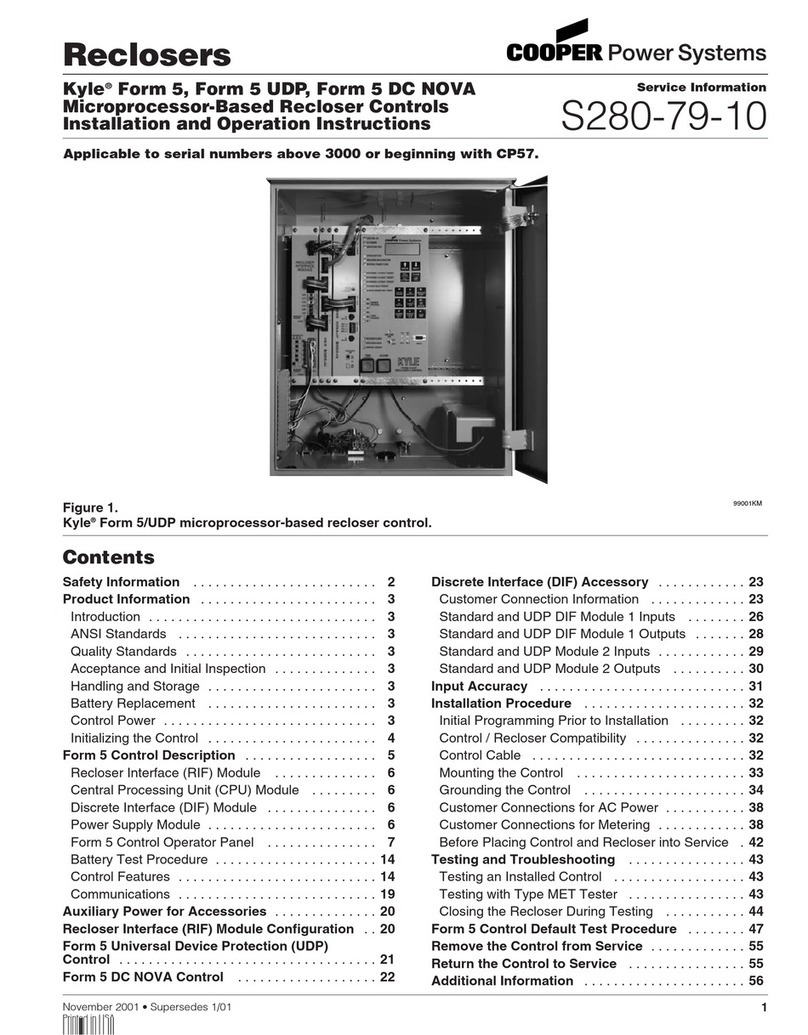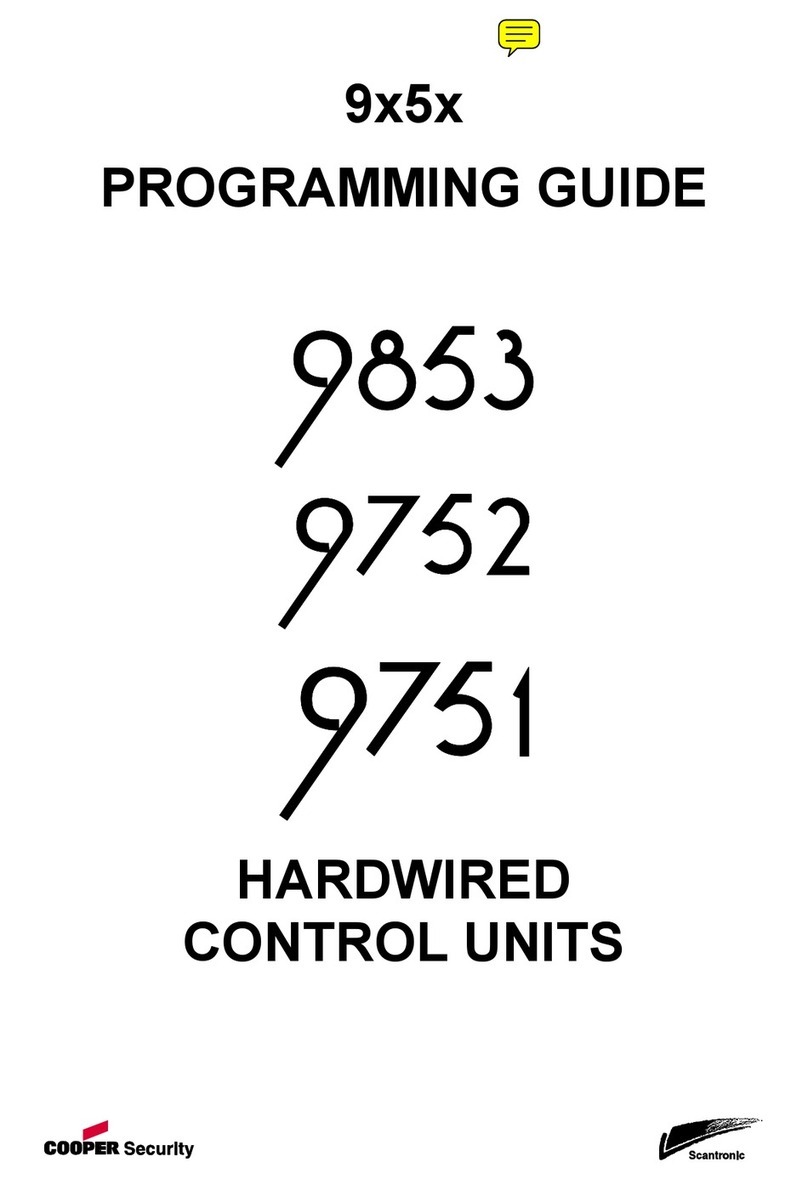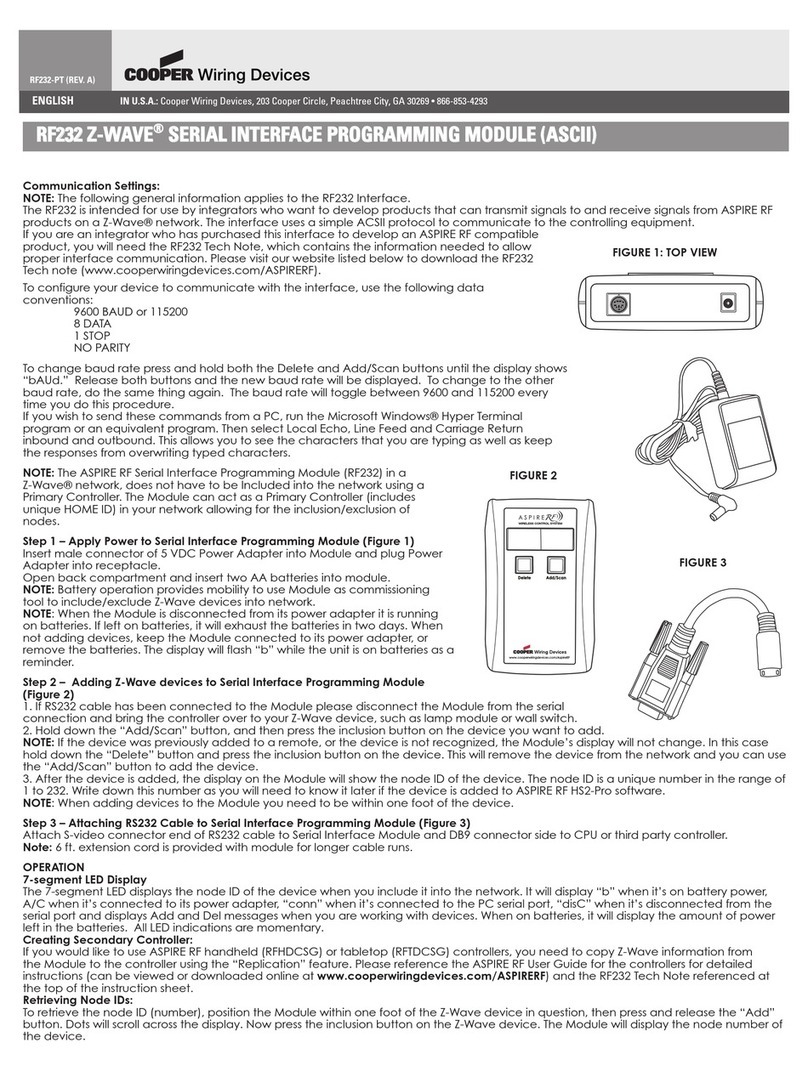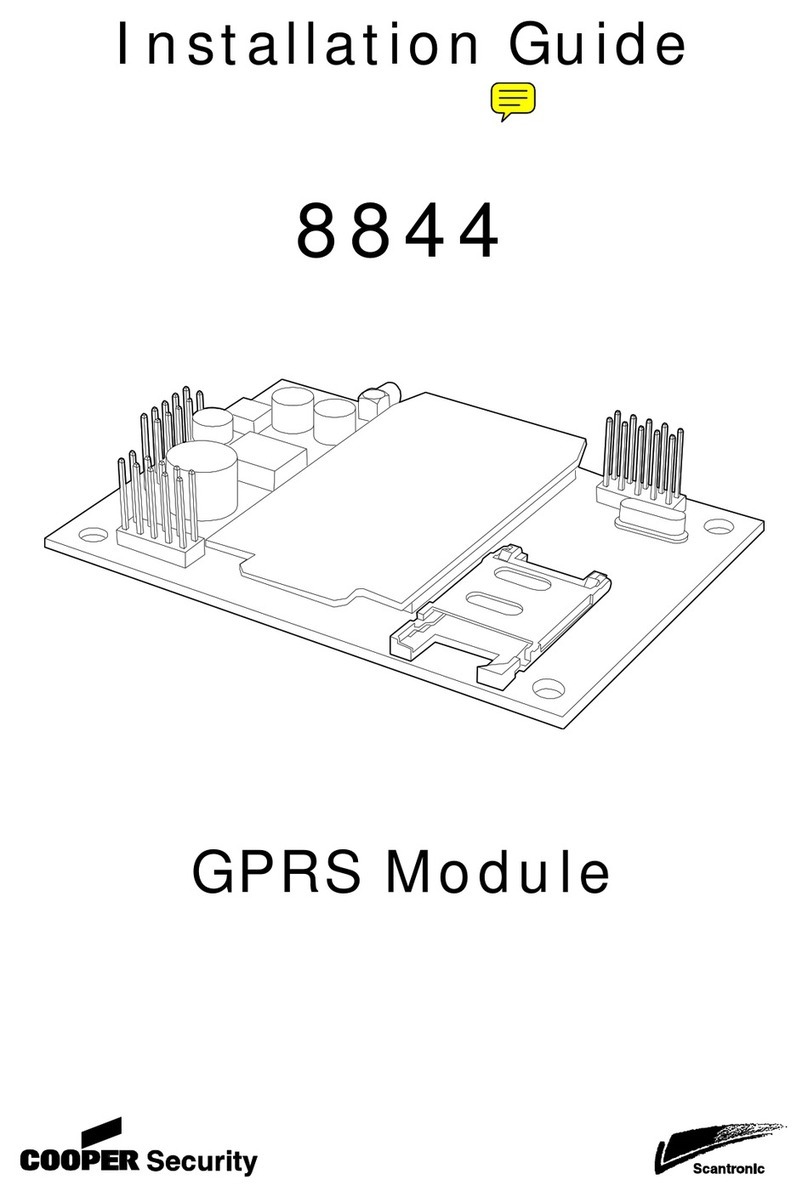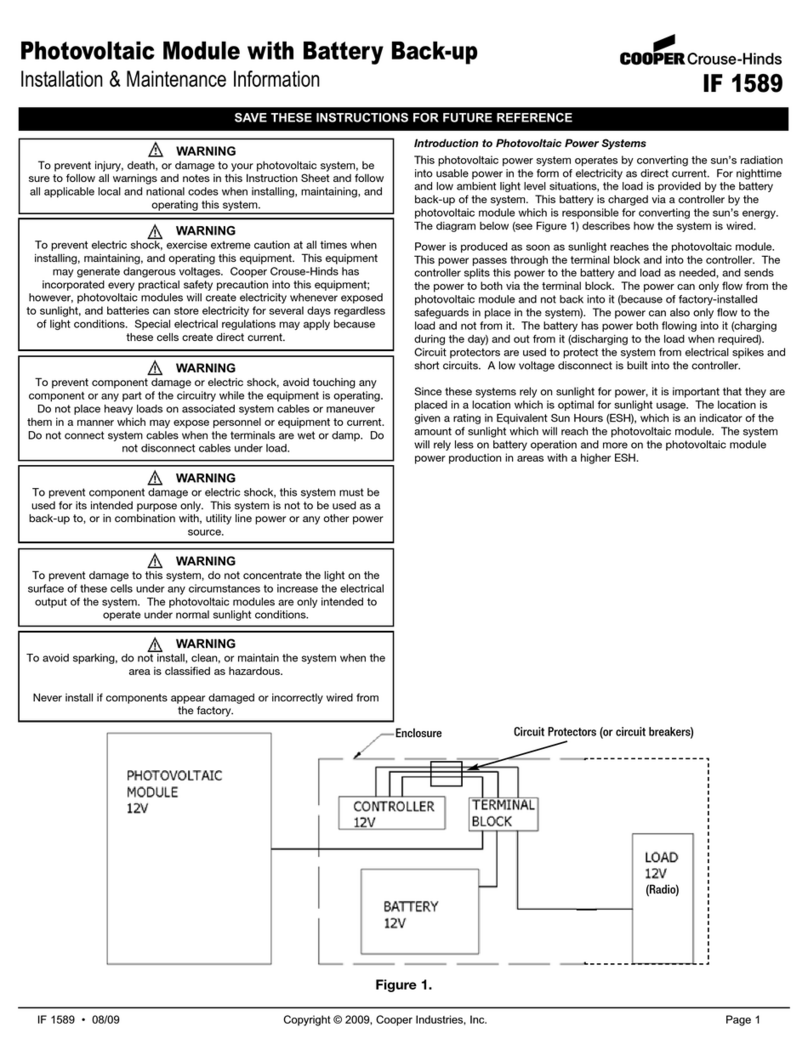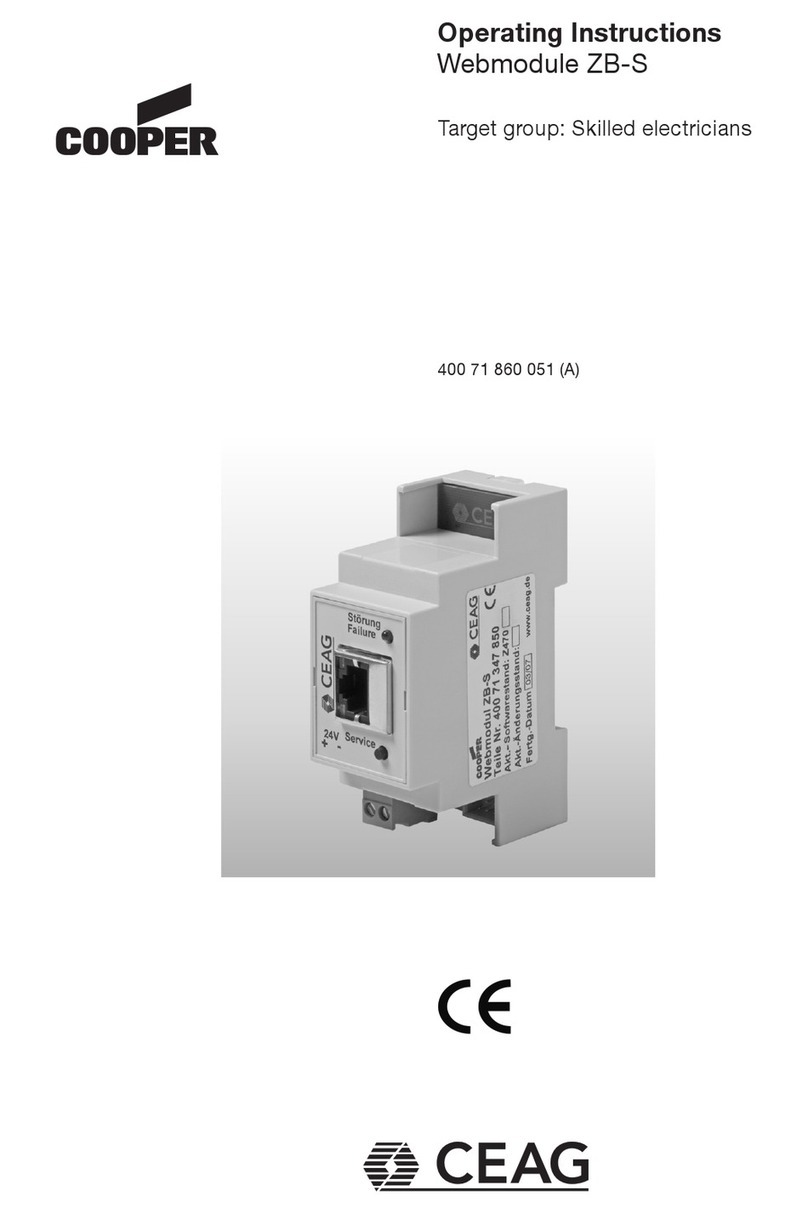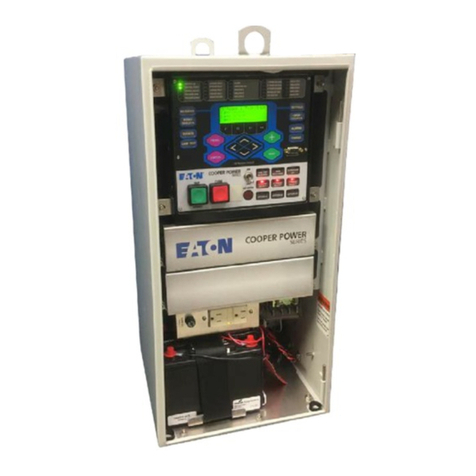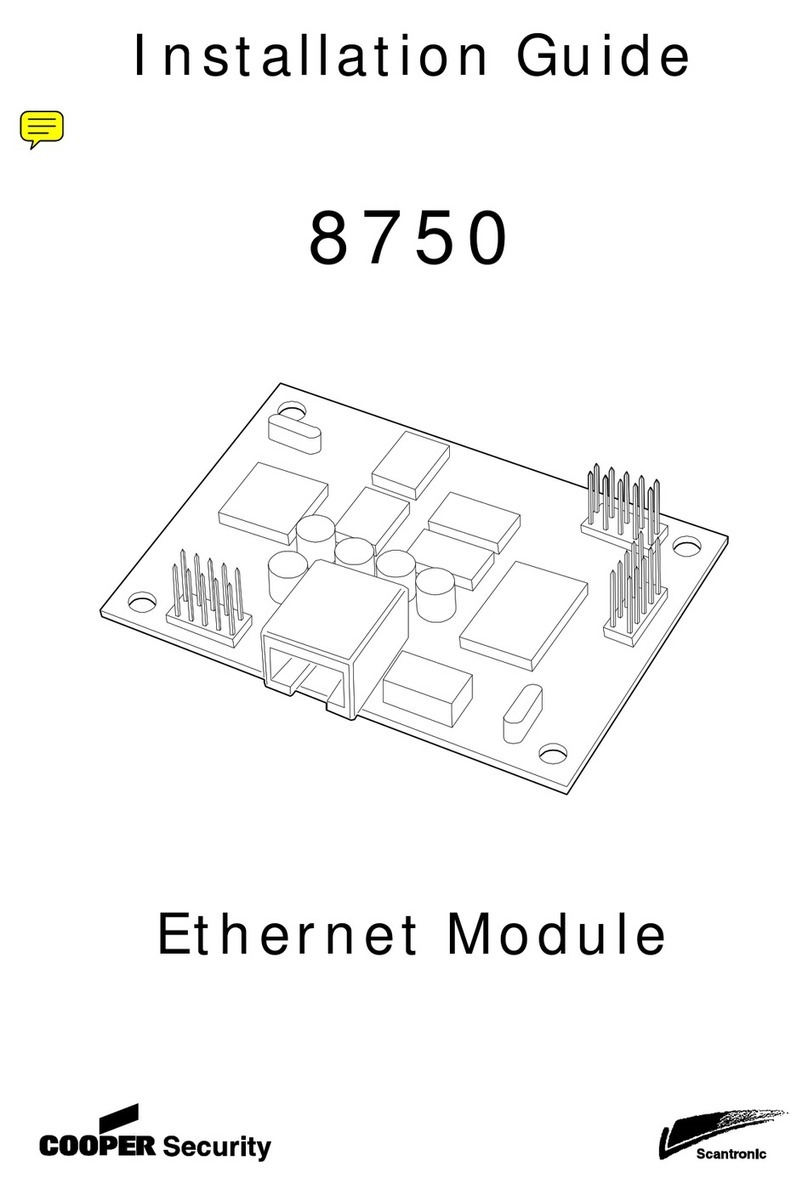
11763087 Issue 1 Page i
Contents
1. INTRODUCTION.......................................................................................... 1
2. INSTALLATION ........................................................................................... 5
Fitting and Wiring Procedure ............................................................................................. 5
General Wiring Considerations.......................................................................................... 5
Cable Type....................................................................................................................... 5
Cable Segregation ........................................................................................................... 6
Cables Routed inside the Control unit ............................................................................. 6
Initial Power-Up Procedure and Checks............................................................................ 6
Zone Wiring........................................................................................................................ 7
Anti-Masking Zone Connections...................................................................................... 8
Network 1 Connections...................................................................................................... 9
Network 2 Connections...................................................................................................... 9
Telephone Connections................................................................................................... 10
Approved Usage ............................................................................................................ 11
Digital Communicator Outputs......................................................................................... 12
Transistor Outputs ........................................................................................................... 12
Relay Outputs .................................................................................................................. 13
External Bell/Sounder Connections................................................................................. 14
Auxiliary Tamper Input..................................................................................................... 15
Line Fault Input ................................................................................................................15
Communicator Line Fault............................................................................................... 15
Remote Reset Input......................................................................................................... 16
Extension Loudspeaker Connections .............................................................................. 16
AC Input Connector ......................................................................................................... 17
Battery Connector............................................................................................................ 17
12Vdc Auxiliary Power Terminals .................................................................................... 17
Back Tamper Connector.................................................................................................. 17
Factory Restart Connector............................................................................................... 18
Engineer Keypad Connector............................................................................................ 18
USB Connection to PC .................................................................................................... 19
Power Availability............................................................................................................. 19
Connecting to the Mains Supply ...................................................................................... 20
LEDs ................................................................................................................................ 21
Polyfuses ......................................................................................................................... 21
3. 9950/9951 KEYPAD INSTALLATION.......................................................22
9950 Mounting Locations................................................................................................. 22
Network Wiring................................................................................................................. 22
Zone Wiring (Optional)..................................................................................................... 23
Output Wiring (Optional) .................................................................................................. 23
Loudspeaker Wiring (Optional)........................................................................................ 23
Setting the Address ......................................................................................................... 24
Links................................................................................................................................. 24
4. TECHNICAL DESCRIPTION ..................................................................... 25
Technical Specifications .................................................................................................. 25
Electromagnetic Compatibility ......................................................................................... 26
